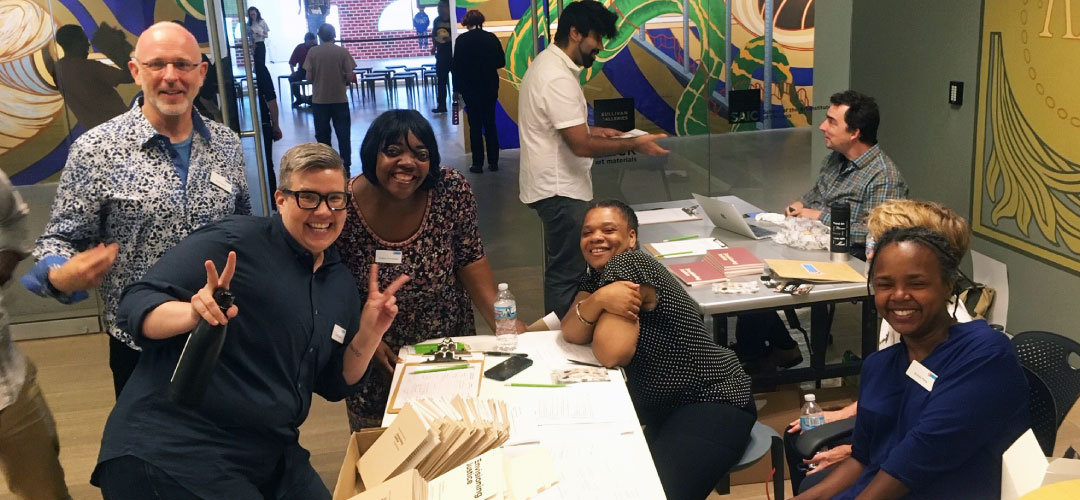Our Strategy
Through the Safety and Justice Challenge, we are investing in local reform, research, innovation, and communications to create national demand for local justice reforms that will safely reduce jail populations and eliminate racial and ethnic disparities.
Participating cities and counties engage community advocates, people with lived experiences, and system actors as equal partners in criminal justice reform to design and implement innovative, collaborative, and evidence-based solutions to make the local justice system more fair, just, and equitable. Many of the nation's leading criminal justice organizations provide technical assistance, data analysis, and other support to Safety and Justice Challenge communities.
The work of these cities and counties highlights the misuse of jails; how local criminal justice systems perpetuate historical racial injustices; and ways communities can address these problems. It also reveals more effective means of managing and mitigating safety risks without resorting to incarceration, as well as what it takes to build communities that are safe for everyone.
To advance our knowledge and understanding of the use of jails in America and to document the experience of communities that are succeeding in building more fair, just, and equitable criminal justice systems, we are complementing our grants to cities and counties with investments in research and data analysis. We also have invested in a robust communications strategy that continues to elevate jail overuse and misuse into an urgent national issue, spreads effective approaches and practices in justice reform, and generates national demand for reform. This includes partnerships with national professional and policy organizations to mobilize specific constituencies and amplify the strategies and learnings from the Safety and Justice Challenge.



